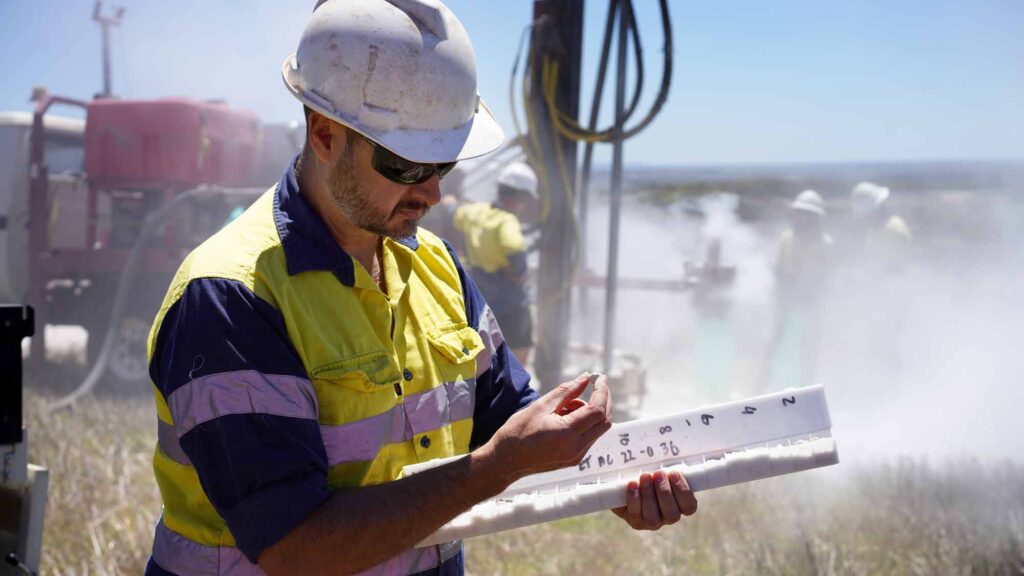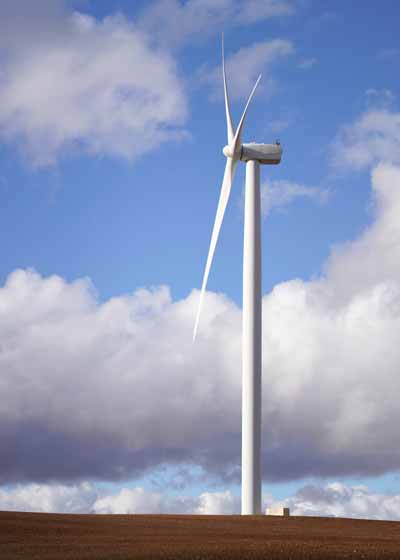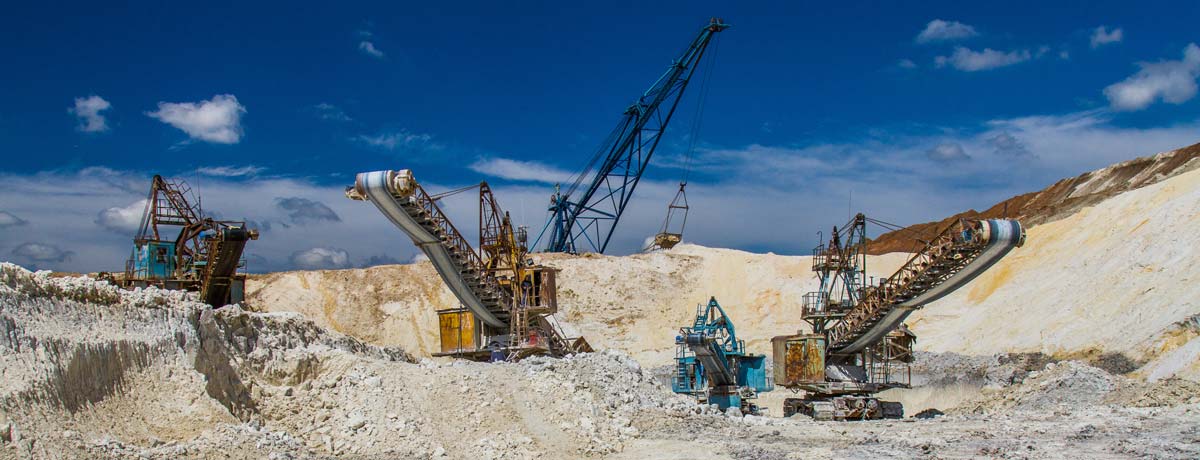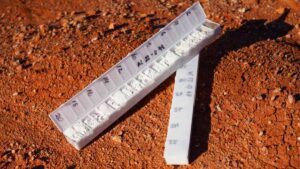RARE EARTH ELEMENTS (REE)
THE BASICS
The Rare Earth Elements (REE) are a set of 15 nearly-indistinguishable silvery-white soft heavy metals known as lanthanides, as well as scandium and yttrium. While scandium and yttrium are not lanthanides, they are considered rare-earth elements because they generally occur in the same deposits and exhibit similar chemical properties.
Rare Earth Elements are all metals, and as a result the group is sometimes referred to as the “rare earth metals” or “rare earth oxides.”
Despite their name, rare-earth elements are actually fairly common. For example, Cerium is the 25th most abundant element in the earths crust and is more common than copper. However because of their geochemical properties, rare-earth elements are not typically found in concentrated deposits and that means economically viable deposits are “rare”.

MD Mike Schwarz reviewing drill samples from the Eyre Peninsula Kaolin Project that contain elevated REE levels.
THE RARE EARTH ELEMENTS
- Lanthanum
- Cerium
- Praseodymium
- Neodymium
- Promethium
- Samarium
- Europium
- Gadolinium
- Terbium
- Dysprosium
- Holmium
- Erbium
- Thulium
- Ytterbium
- Lutetium
- Scandium
- Yttrium
THE DEMAND FOR RARE EARTH ELEMENTS
As technology advances and the world transitions to renewable energy the demand for Rare Earth Elements is growing rapidly.
REE’s are currently used to produce a lot of the technology we use everyday – including smart phones, digital cameras, computers, LCD screens, fiber optics, medical imaging, and microphones. While Rare Earths do not tend to make up a huge quantity of the raw materials that go into these products they are particularly important because their unique properties mean that they often cannot be substituted for other materials. For example, without the magnets made from REE’s the spindle motors and voice coils in laptops would not be possible.
GREEN ENERGY

CRITICAL MINERALS?

WHY iTECH MINERALS?
iTech is currently exploring the Eyre Peninsula Kaolin – REE Project for for low cost, ion adsorption clay style REE deposits.
iTech aims to establish an alternate source of REE’s to the Chinese markets. Importantly iTech’s REE projects are enriched in the high value and high demand REE’s neodymium-praseodymium. Combined with the possibility to access two commodity streams with kaolin-halloysite, the projects have potential for low cost development and operations and resilience to price fluctuations imposed by China.



